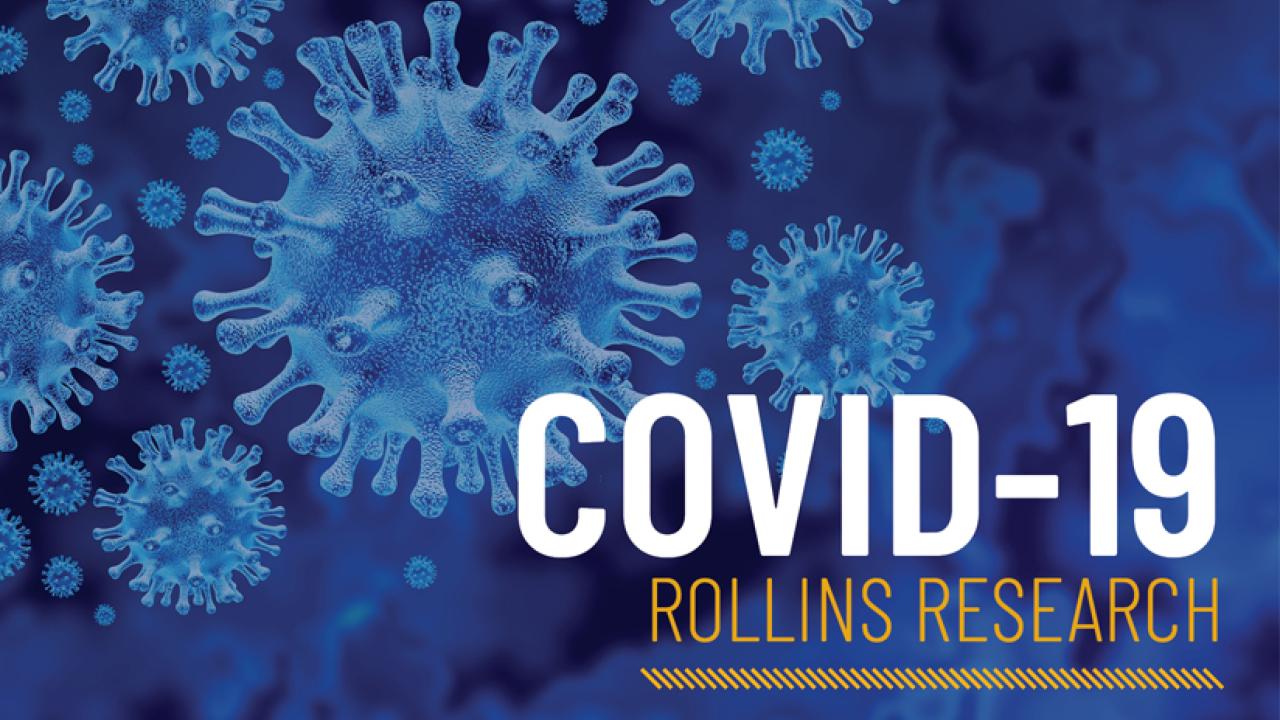
Bio
I have a joint appointment at the Centre for Infectious Disease Control in the Netherlands (National Institute of Public Health, RIVM) and the Department of Global Health.
At the Centre for Infectious Disease Control I work as a biostatistician in the Epidemiology and Surveillance Unit, as a member of a group that is charged with developing new methods for infectious disease surveillance. My main interests are:
1. Use of outbreaks of infectious disease as a source of information for dose response relations (infectivity of pathogens in humans)
2. Development of quantitative methods for serology, in particular use of serum antibodies as biomarkers of infection
3. Tracking infections in human populations during outbreaks (who infected whom?)
4. Method development for quantitative microbiology: interpretation of microbial data for use in risk assessment
When I am in Atlanta I work on waterborne disease in the Centre of Global Safe Water (among other things) and teach a short course during spring break, called: "Introduction to Microbial Risk Assessment" (GH506/EH547).
Microbial Risk Assessment
As a (relatively) young approach to the study of infectious disease microbial risk assessment has seen rapid growth as a tool for providing a rational scientific basis for decision making in public health. Risk assessments construct forward projections of risk, using a bottom-up approach: quantitative estimates of human exposure to microbial pathogens are translated into risk of health effects (infection, acute illness, burden of disease). For many environmental pathogens (water- or foodborne, or transmitted via fomites and dust) the risks are low, so that they cannot be measured directly by traditional epidemiological methods. In some communities exposure may be high but via several concurrent pathways such that contributions of individual sources cannot be measured in an epidemiological study. Careful study of the numbers of such microbes in the environment and their intake by humans then makes it possible to estimate exposure and the associated health risks.
The course (1 credit) is 5 days long and consists of a series of morning lectures introducing basic concepts like: what is risk and how can it be quantified, statistical inference on microbial data (the likelihood function and its use in quantitative microbiology), and how to estimate microbial concentrations and ratios of concentrations. These introductions make up about half of the lectures, the remaining lectures present various case studies as examples of applications of microbial risk assessment. These include: outbreaks of infectious disease as a source for dose response data, risk assessments for the fecal-oral and the respiratory pathways, how to study the transmission network during an outbreak of infectious disease, and the importance of discrete events (of human behavioural origin) in microbial risk assessment. The afternoons are used for hands-on experience. Questions (and answers) are provided, dealing with all main issues presented in the lectures, and a selection is used for groupwise discussion. Computer applications are included, using the statistical platform "R". Each student receives a small assignment, dealing with a problem from risk assessment practice. At the end of the course the results are presented to the group and discussed.
